CONTEMPLATION ENVIRONMENT was an exhibition and accompanying publication about the relationship between art, architecture, design, and spiritual practices. In collaboration with Matt Olson of RO/LU and organized by the Center for Ongoing Research and Projects (COR&P), located in Columbus, Ohio.
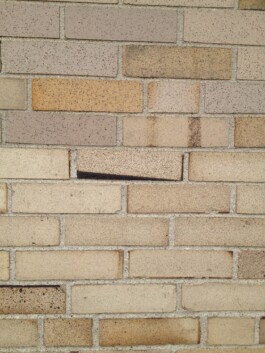
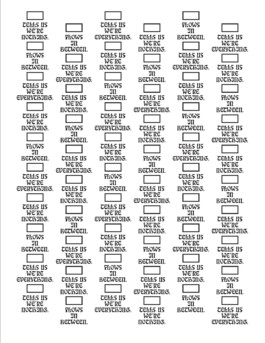
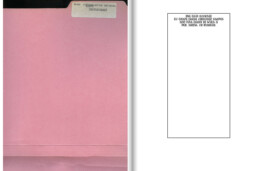

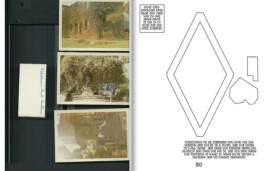
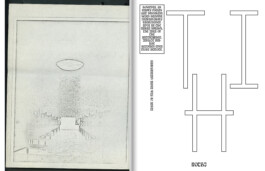

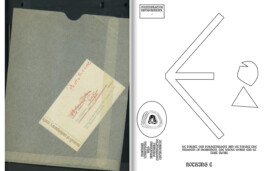
RO/LU: It seemed really easy to talk to you about the connections between spirituality and art. Sometimes it makes me uneasy to talk about this because spirituality has a lot of baggage as a term? Because it’s easily conflated with religion but, it doesn’t really have anything to do with that for me. There’s not a lot of separation between meditation and the work we do. They are different but, it’s nice to explore.
DANTE: The blurrier those distinctions are, the more interesting it becomes, but that’s the Gemini in me talking. But maybe we’re both comfortable and interested in talking about it because the projects we take on bleed into each other and the way we make work absorbs all the influence around us. Why should there be a distinction between something that is productive and something that is meditative or spiritual; or distinct from the rest of the universe rather than framing a part of it?
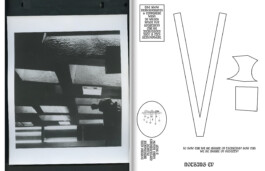
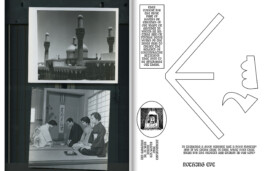
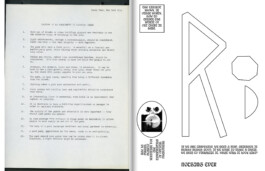
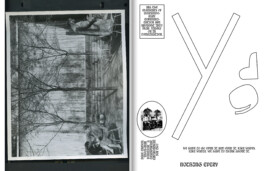
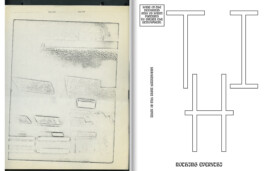
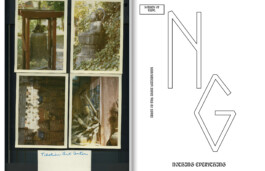
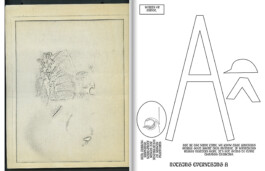
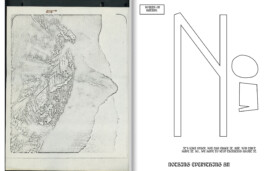
RO/LU: Discovering this strange folder of photographs, letters and ideas about contemplation environments from the 60’s seemed to almost give us permission or something… it pointed the way. There’s obviously a really rich history of exploration around meditation, meditative acts and the spaces we use for that as well as the objects involved in those spaces. It seems important right now, again, to look at these things in terms of art/arch/design.
DANTE: My sister and I grew up between Buddhist temples and Catholic churches, and while we’re not religious, I did recognize early on the kind of energy this context gave off, how individuals expressed their spirituality through these physical forms like architecture and objects. Working at an art center, you’d sometimes find yourself in front of a work you’re really into and just kind of stop, sit, and wonder, and lose yourself for a moment, for whatever reason. The idea that similar vibes can come from two different environments makes you wonder if there’s something to be revealed about how deep our relationship is to the things we make. It might be a hidden sense.
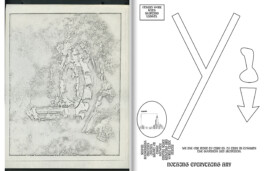
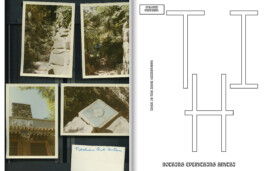
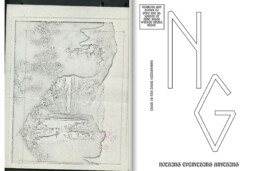
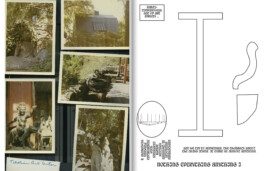
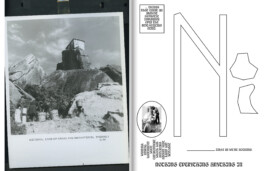
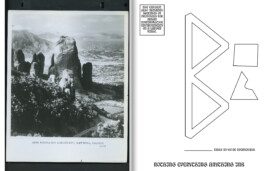
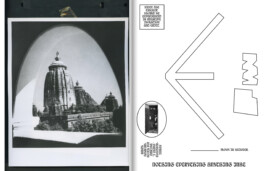
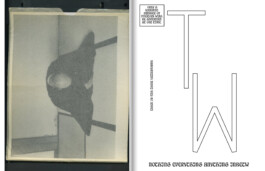
RO/LU: Semi-guided experience, potential, language, learning/teaching and energy seem to be the basis for all our interests as a studio. Situations just keep emerging that show us different ways to explore and stay in motion with these things. Your Grandmother’s passing, the learning involved as an observer… it’s all been very rich and now, when I think about the bricks, the book, the ideas, the conversations… it doesn’t seem like it could’ve been any other way?
DANTE: It’s been great that we’ve approached this with knowledge but without pretense, irony, or cynicism, and maybe that’s what motivates us ultimately. At the end of the day, the universe throws you things that you have to pick up and figure out how you relate to it, and I think that’s how we’ve been able to gauge our own thoughts and ideas throughout this project. Whether it’s a death in the family, or a sunny day on a hidden beach, or even a simple clay brick, its the universe’s way of saying “I’m still here, you keep listening.”
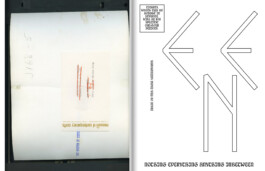
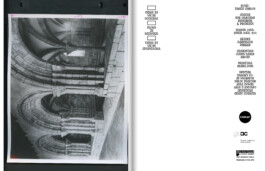
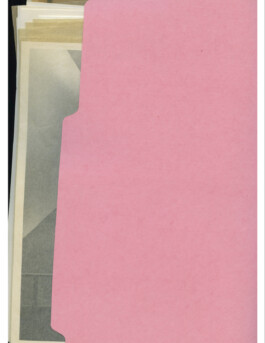
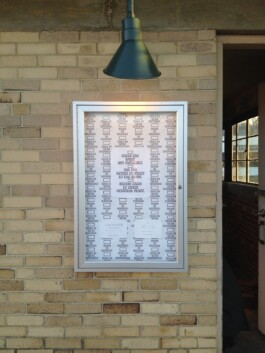
D A N T E C A R L O S is an independent graphic and book designer. His projects include commissions for cultural institutions, spaces, artists, agencies, and local businesses.
He currently is based in Portland. For more information or inquiries, contact Dante at ddddd@dantecarlos.info
S E L E C T E D C L I E N T S The Aspen Institute, Armory Center for the Arts, Bloomberg View, Carnegie Institute of Art, CB2, Cherry and Martin, Coca-Cola Corporation, Craft and Folk Art Museum, Good Magazine, Institute of Contemporary Art (Miami), Institute of Contemporary Art (Philadelphia), Kurimanzutto, Kohler, Levi’s, Midway Contemporary Art, Motorola, MTV Networks, Museum of Arts and Design, M+, NBC/Telemundo, The New York Times, Sony, The Third Rail, Walker Art Center, UCLA